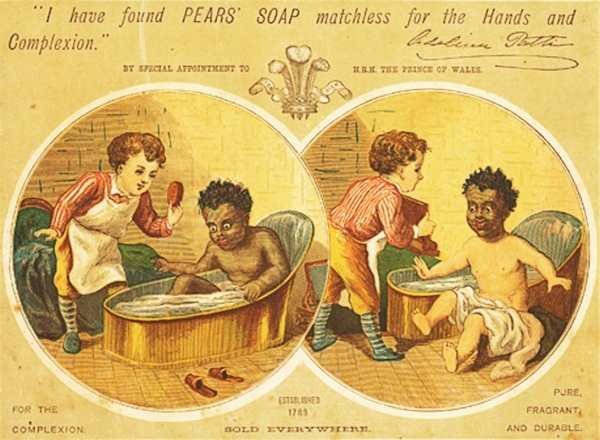Native Advertising is a type of advertising where the ad follows the natural form and function of the user environment in which it has been place, making it seem 'native' to the site and interacting with the viewer just like normal content would.
Albeit being quite recent, native advertising has gained popularity with corporations to promote their products. Especially in an environment where consumers ignore as many ads as they can, it seems the only way to reach them (us?) now is to disguise advertisements as ads. This form of advertising is as dubious as it sounds. There are many arguments for and against it, with corporations lauding the brand awareness it creates for them, and consumers lamenting their misplaced and violated trust.
Some of the hallmarks of native advertising are that the article would be written by an ad agency or staff of the sponsoring company, it's designed to be shared, and it's published by the website. Buzzfeed's article "11 Vintage Hairstyles Anyone Can Pull Off" epitomizes a native advertising, let's consider it more in depth to understand how native advertising really works:
The target audience of this text is women. We can glean this from the content: all the hairstyles are designed for women. Additionally, the pictured examples of these hairdos are all of women. This text has been sponsored by Makeup.com, and they are promoting their L'Oreal line of hair cosmetics.
Their purpose of selling their products is very clear, as after each picture and hairdo there's a helpful link to "get the tools for the look here", which redirects to the L'Oreal website. L'Oreal also cleverly makes sure to not directly sell their products. For example, in Hairdo #7, it states that we should "prep hair with volumizing heat protectant." Upon following the link, it directs us to a product that gives "Lasting Volume. Heat Protection." This direct use of the same language demonstrates how L'Oreal is using a problem benefit technique to sell their products - even going to the extent of creating the problem. Any tutorials provided are also made exclusively by hair product companies and features their products prominently as part of "achieving the look". In conclusion, while it seems the article offers some helpful inspiration on how to style hair, it reveals every step of styling your hair screams "buy L'Oreal" - exposing the native advertising.
The main ideas of this text are the hairstyles. A general theme is also that "anyone can do it". This is false, however, since only people who own these products can achieve these effects. This theme is reinforced with lines like "If you can draw an S, you can create this look", "If anyone can .... it's you" and "super simple". This complements the consumer and creates pathos, since using "you" enables them to directly identify with the idea. The general idea is that these hairstyles are effortless to create, and all it takes is that little L'Oreal bottle to get "the look".
The tone relates closely to the theme. It's very light reading, and focuses mainly on the actual hairstyles which are shown to be effortless to ace(having tried recreating online hairstyles before, however, I know otherwise...). The mood is airy and fun, much like how normal Buzzfeed posts are like. In this respect the article blends in quite well with the general Buzzfeed content, by seeming trivial and having the structure of a list. Unlike other content on the website, however, the actual writing is minimal, and it relies mainly on links to products and tutorials. While the article doesn't actually have proper content, it has been well integrated enough (cleverly making allusions to current popular movies and TV shows) that readers will click on and maybe even share it.
We have previously mentioned the structure of the text as a list, and how that makes it fit in with other Buzzfeed content. Structuring it as a list also makes it supremely straightforward and easy to follow, an element of logos. Including the brand publisher's name at the beginning of the story is a good move on Buzzfeed's part, Language wise, the piece employs colorful words that conjure images into our heads that we now link to these hairstyles, and function like claims as to what that hairdo can do for you. Examples include, "say bonjour to the classic french twist" or "work your medieval times fierceness".
In all, I believe this ad functions well as native advertising by providing leisure reading that people are likely to click on. The reassuring "anyone can pull off" in the title also attracts viewers by creating a (finally unfulfilled) guarantee. This ad represents a deceptive form of native advertising - trading genuinely funny and interesting content for something that could otherwise be titled "11 Reasons to Shop at Makeup.com". This article has no substance, which is made worse by the headline that implies an informative leisure read.
Useful Resources:
The Good:
The General:
The Ugly:
http://contently.com/strategist/2014/07/09/study-sponsored-content-has-a-trust-problem-2/
http://www.buzzfeed.com/makeupcom/vintage-hairstyles-anyone-can-pull-off#7jgffw
http://www.buzzfeed.com/makeupcom/vintage-hairstyles-anyone-can-pull-off#7jgffw
Brand Sponsorship Matrix:
